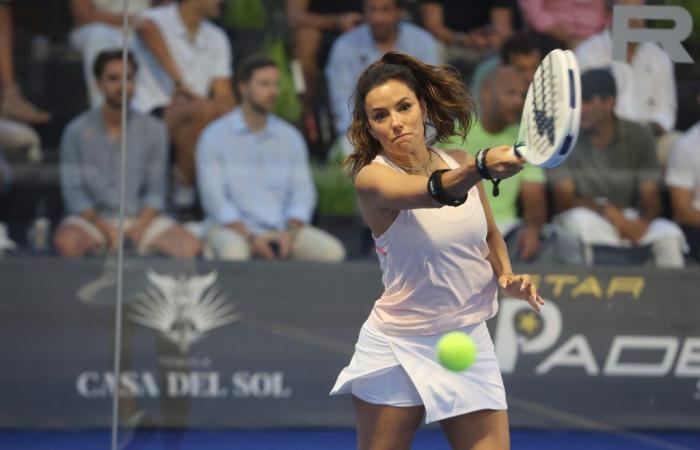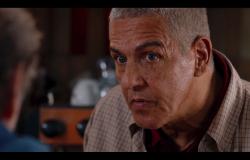In July, at a press conference during the Wimbledon tournament, champion Novak Djokovic sounded the alarm: “Tennis is the king of all racket sports. It’s true. But, at club level, he is in danger. If we don’t do something, overall, collectively, padel – and pickleball in the United States – will convert all the tennis clubs, because it’s more profitable. You can build three padel courts on one tennis court. »
If the profitability of the operators is certainly to be taken into account in the success of this sport whose grounds are growing like mushrooms, this is not the only reason. Fun and easy to learn, padel allows you to have fun much more quickly than tennis. For tennis teachers, like Olivier Giraudeau, who officiates in Arcachon, the padel is an ideal solution for those who struggle to progress: “Easier, slower, in doubles, with little spin and little speed, it unravels the knots that we encounter in tennis. You have fun there very quickly, whereas learning tennis is more demanding. » A few days before the tournament which opens at Roland-Garros, only a few places remain among the furthest from the field, because this accessibility has increased tenfold the number of enthusiasts for a sport born more than fifty years ago, by accident in South America.
Le padel was born in 1969
In 2013, Bernardino Javier Sanchez-Alcaraz Martinez explained in his work “History of padel” that this discipline appeared because there was a lack of space to build a tennis court. It was 1969 and Mexican businessman Enrique Corcuera decided to build a tennis court on his property. Alas, it is missing a few square meters. Instead of abandoning the project, he decided to reduce the size and surround it with walls to prevent bullets from escaping.
In use, he enjoys playing balls after they have hit the back wall, as happens in squash. The surface being constrained, he quickly abandoned his tennis racket in favor of smaller wooden ones, handy and more solid. As he invites his friends to play on this curious terrain, the rumor grows. Passing through a few years later, in 1975, one of his Spanish friends, Alfonso de Hohenlohe, was so convinced that on his return he offered to build a pitch at the Marbella Club, where he spent his holidays. In a country where tennis is already an important sport, this version, more fun and more accessible, is a dazzling success, of which the king himself happily becomes the ambassador. Spain becomes the European spearhead of padel.
A crazy success
Today, the success of padel around the world, and in France in particular, with its 500,000 licensees, is staggering. The French Tennis Federation offers a license specially dedicated to padel players only, which has won over 30,000 fans. The leading construction group, 4padel, claims on its Instagram account no less than 120 courts on French soil. Former professional tennis players, like Lucas Pouille, Arnaud Clément and Arnaud Di Pasquale, have found an ideal extension, and some sports celebrities like Zinédine Zidane or Teddy Riner admit to having become addicted to it. We can also cite the host Cyril Hanouna, who has set himself the objective of being one of the best French players.
The rest after this ad
Like cycling or running, this popular sport does not fail to convince either the oldest or the wealthiest. This is evidenced by this new collaboration between Babolat and Lamborghini, whose rackets at 5,000 euros each sold like hotcakes. A second salvo is planned for 2025. Ditto on the sponsorship side, with the watchmaker Certina, which has plunged into this sport and will undoubtedly carve out a solid reputation among a public of enthusiasts, for much less than at tennis.
The courtyard of the Hôtel du Collectionneur, 5-star on rue de Courcelles, in Paris.
© DR
The icing on the ground, in Paris, at the end of September, as we push open the doors of the Hôtel du Collectionneur, a discreet five-star hotel on rue de Courcelles, we are intrigued by the dull noise that escapes from its large courtyard rectangular. The explanation doesn’t take long to jump out at us: right in the middle sits a sublime padel court on which two couples of chic fifty-year-olds compete while smiling. Popular and exclusive, easy to access and ideal for retraining former tennis players, we don’t see what could prevent padel from giving a severe 6-0 6-0 to its big cousin tennis.
Third edition of the Greenweez Paris Major, at the Roland-Garros stadium (Paris 16th arrondissement), from September 28 to October 6.






